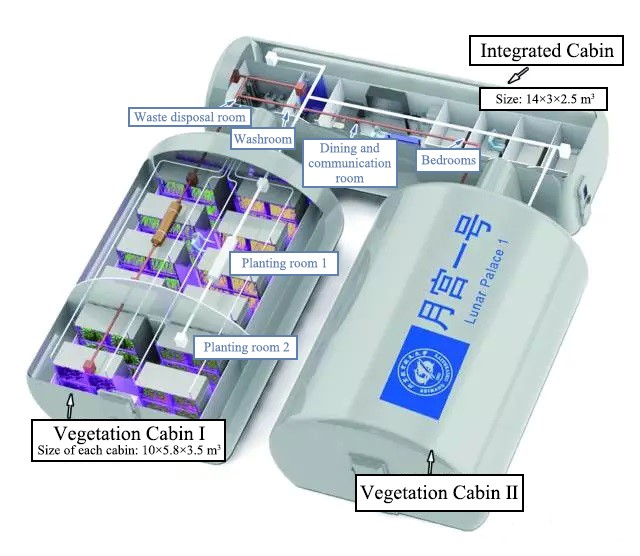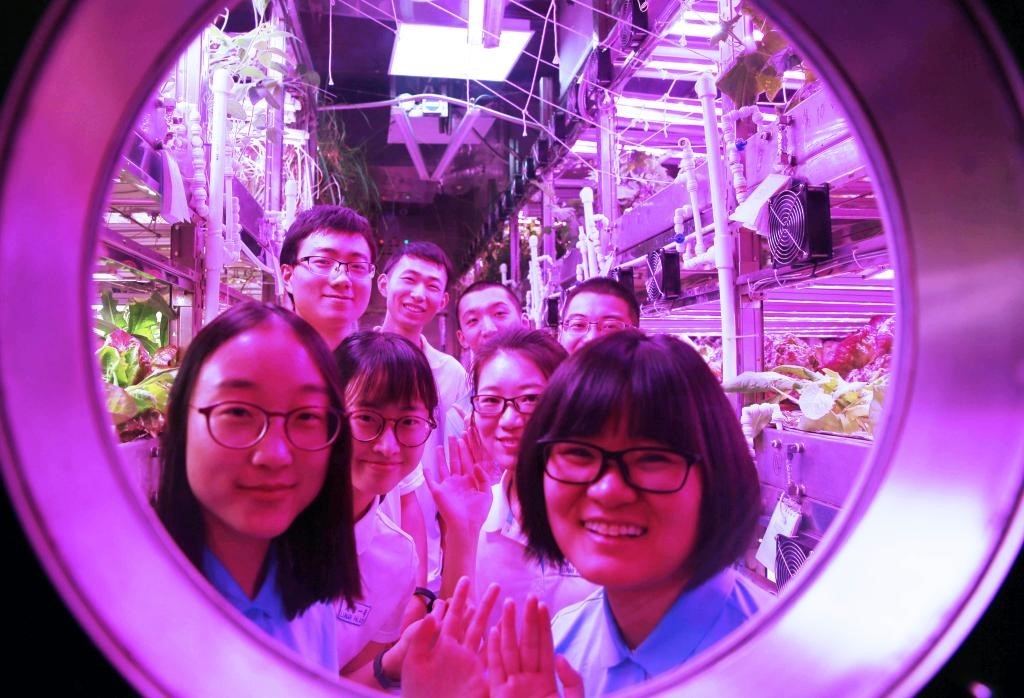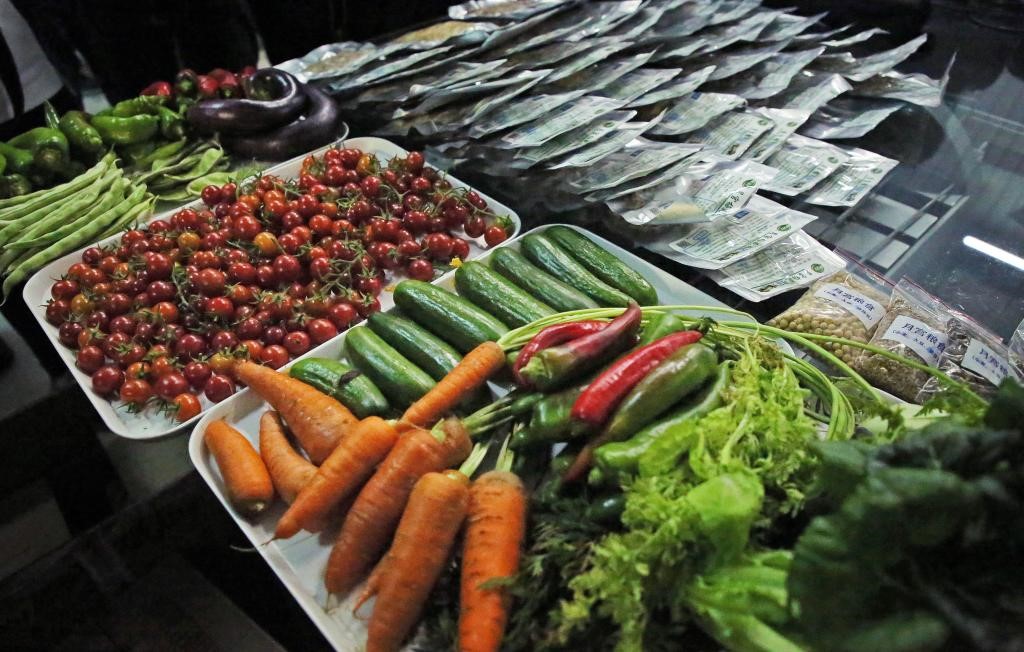Lunar Palace 1 is the first Integrative Experimental Facility for Permanent Astrobase Life-support Artificial Closed Ecosystem (PALACE) in China and the third in the world. Established by the team of Prof. Liu Hong in October 2013 after a decade of efforts, it can realize the long-term stable circulation of the human-animal-plant-microorganism ecosystem with high degree of closure and biological diversity and maintain the physical and mental health of human beings in the meantime.

The Layout of Lunar Palace 1
The bioregenerative life support system (BLSS) adopted in Lunar Palace 1 is the key technology to ensure the long-term survival of human beings on the Moon or beyond. Before it can be applied to space exploration, ground experiments for demonstration and verification are necessary, and the technology to run, adjust and control the system steadily also needs to be developed through the experiments. Up to now, two such experiments have been carried out.
In 2014, China's first long-term and high-closure integrated experiment, which lasted for 105 days, was carried out successfully in Lunar Palace 1. The experiment marked that China became the third country in the world to master the system and signified the establishment of the first closed artificial human-animal-plant-microorganism ecosystem in the world.
The second experiment started in 2017 and ended in 2018. Named “Lunar Palace 365 Experiment”, it lasted for 365 days and 5 extra days and became the longest bioregenerative life support system experiment with the highest degree of closure. Its main task was to study how a biological system could provide life support for members with different metabolic levels and also run steadily. In this experiment, eight volunteers were divided into two groups to work for three stages: Group 1 was on duty at the first stage of 60 days, Group 2 then stayed in the lab for a record-breaking 200 days, and Group 1 at last entered the cabin again for the third stage of 110 days. The volunteers walked out of the facility 5 days later than planned, which is actually an intentionally simulated accident in order to examine their mental state in face of unexpected circumstances.

The brief reunion of the eight volunteers in the Lunar Palace 365 Experiment during the second shift change
The experiment for the first time established the biological modulation technology to run and adjust the system steadily and verified the effectiveness of the technology through the change shifts of members with different metabolism states and under emergencies like power cut, equipment trouble,etc. It analyzed the stability of BLSS under different conditions and clarified the key factors affecting the reliability of BLSS, found the rules of how natural light system transformation influenced human biological rhythms and emotions in claustrophobic space, and invented simulated technology and equipment which could imitate natural light transformation to regulate the rhythms and emotions. It also developed long-term and high-efficiency cultivation techniques for plants, as well as long-term recycling, utilization, purification and allocation technology for nutrient solution.

Vegetables and grain harvested in Lunar Palace 1
After the Lunar Palace 365 Experiment, Prof. Liu’s team is actively seeking a ride on China’s lunar or Mars probe to conduct small-scale bioregenerative life support system experiments on the surface of these celestial bodies. Comparing such experiments with parallel experiments on Earth, they expect to obtain the parameters to correct the results of large ground system simulation, laying the foundation for applying the design and operation parameters of large ground manned bioregenerative life support system research to similar systems on the Moon or Mars.
Written by Li Mingzhu
Reviewed by GEOOS
Please send contributions to geoos@buaa.edu.cn

